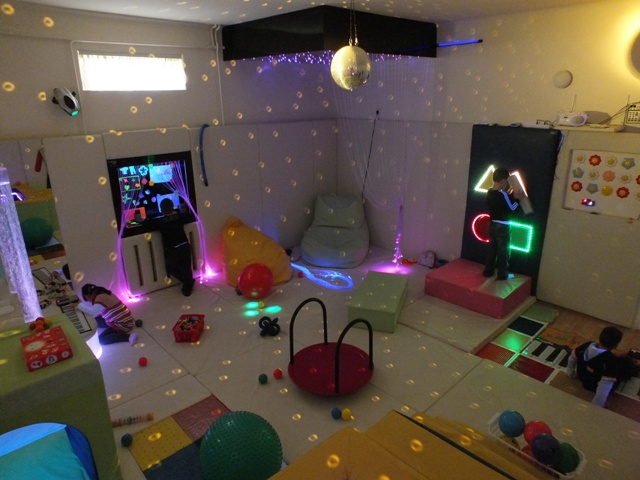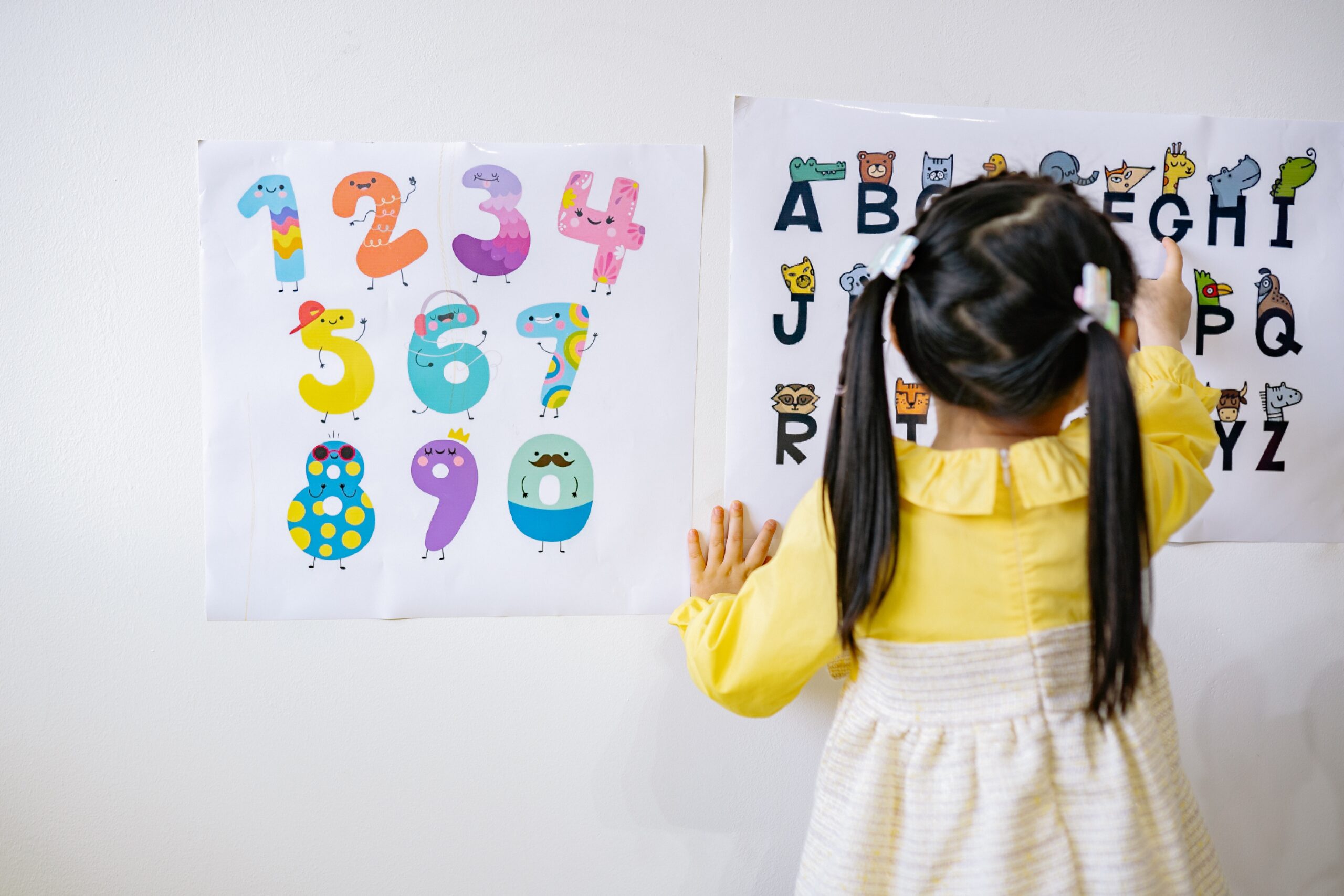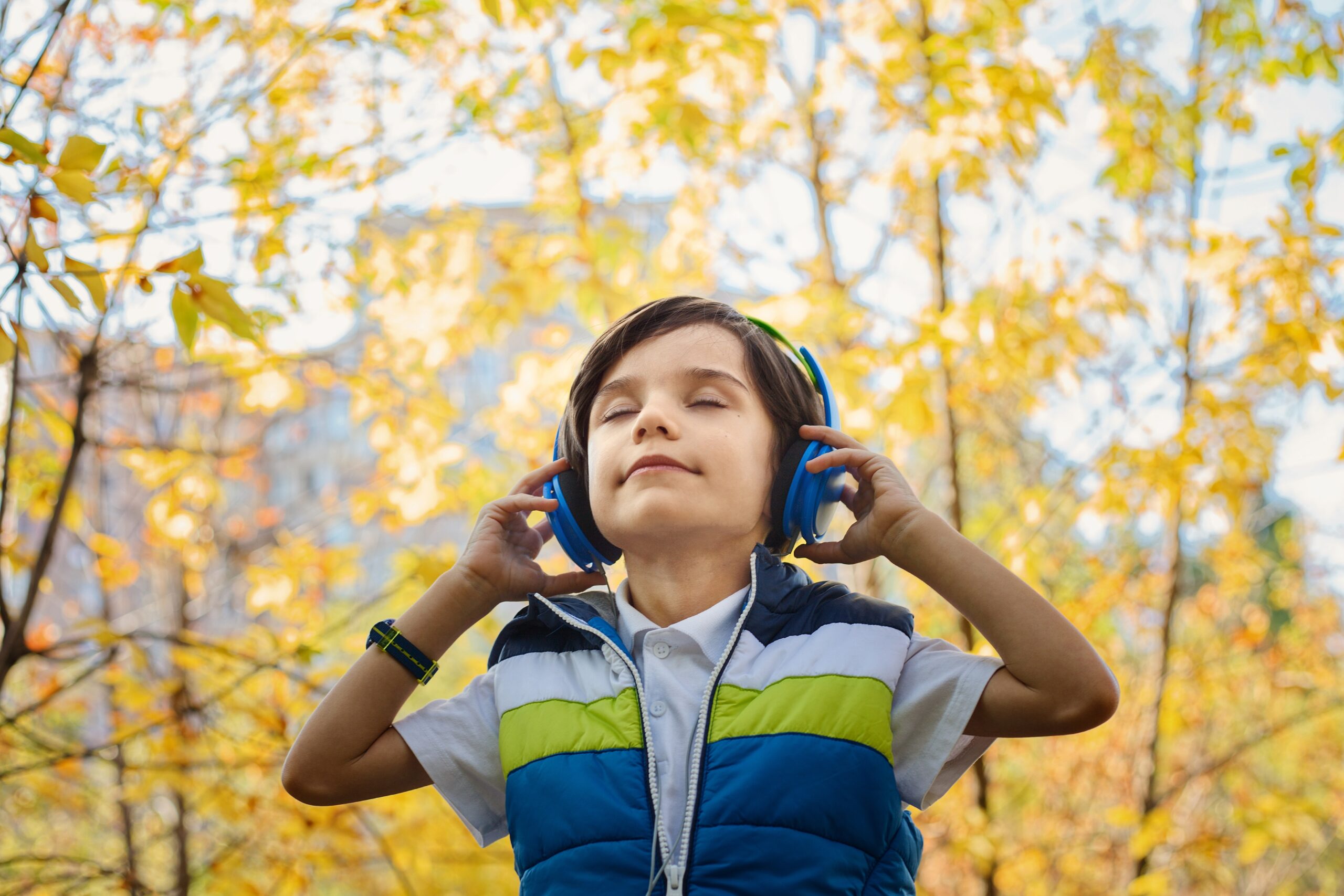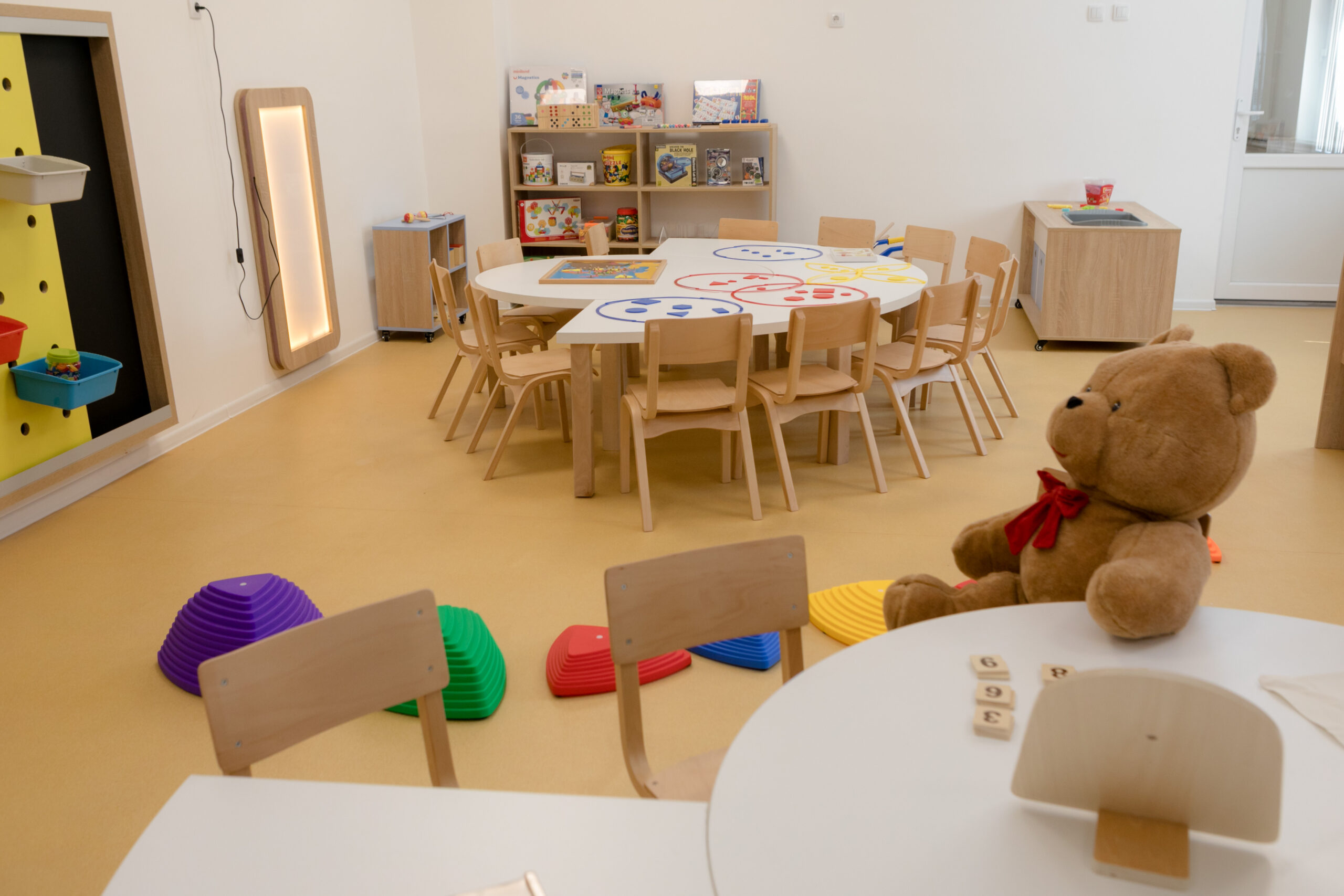What is sensory room and how is it used in schools for children with disabilities?
While I was thinking about my next blog post, I asked my eight year old sister if she had any idea what I could write about. “You should write about that colorful room with a variety of devices”, she said. She was thinking of the sensory room she visited on one occasion in the school for the blind children. As I remember, she was delighted and for days she only talked about that room.
Luka and his classmates have a therapy in sensory room twice a week in their school. These rooms are interesting, not only to children with disabilities who use it for therapy, but to other children as well. In fact, I believe that there is no child who can stay indifferent to such an unusual space. What is sensory room and how is it used in schools for children with disabilities? In the next few paragraphs I will try to answer these questions. I would also like to inform you about sensory therapy that has been used successfully in many countries worldwide. Even in Serbia there are more and more institutions nowadays that have sensory rooms.
According to Jean Ayres, PhD, sensory integration can be defined as:
The ability to take in information through senses, to put it together with prior information, memories, and knowledge stored in the brain, and to make a meaningful response.
Jean Ayres was known for her work in the area of sensory integration disorder in the 50’s and originally developed the therapeutic approach of sensory integration. Sensory integration is the process that organizes sensations received through the senses which come to the central nervous system, that should provide their processing and enable our usable functional outputs. Brain’s inability to process the information received through the senses is called sensory integration dysfunction. It manifests differently in each person. Therefore sensory integration therapy varies and adapts to each user individually. The treatment is carried out in sensory room and is based on stimulation of the senses. It is important to say that its implementation does not depend on the user’s age and can be applied both with children and adults. This type of therapy is suitable for children and adults with autism, concentration disorder, for those with sensory impairments, for people with mental development or insufficient development problems, speech difficulties, learning disabilities and behavioral problems.
Sensory room is a special room designed and equipped to stimulate the senses of hearing, sight, touch and smell. It is a place where people with sensory integration disorder can explore and develop their sensory skills, but also where they can relax and relieve stress and anxiety. The development of sensory rooms began in the Netherlands in the 70’s. The initial idea was to deliver stimulation to the various senses, both to relax and calm, while engaging or prompting the people with special needs to take notice of their surroundings. Occupational therapists who went to the special training for this type of therapy are responsible for everything that is happening in sensory room. The user is not told or shown what to do, but encouraged to have a natural response to stimuli from the environment. Although therapy might look like a game, every activity is carefully planned and aims at achieving self-organization of children. Depending on user needs, different equipment which stimulate various senses is being used. Everyone has equal opportunity to explore the space independently and to choose the corner that suits him or her best.
What does sensory room look like? What kind of equipment can be found in this room?
Rooms have soft padded floors and walls, mattresses and pillows in order to create the environment where children can not hurt themselves. Atmosphere in the room is such that every patient feels safe and is given the opportunity to explore the space along with his abilities and limitations. The room equipment may vary.
There are water-filled tubes with colored balls moving through them together with bubbles designed to cause visual attention of the user. Touching the tube, you can feel the vibrations produced, and if pressed to your ear you can hear the sounds that come from bubbles. Thus the effects the tubes make are multiple. Light in the tubes can be changed using the buttons that user controls, offering the possibility of interaction. In terms of visual equipment, different optical fibers are used to guide visual attention. The interesting fact is that they can bend and wrap around body parts. Light projectors are also used to create interesting wall projections, rotating disco ball that makes dotted light and various lighting effects.
In addition to visual, the room contains the equipment for auditory stimulation. Particularly interesting is the vibrating flexible music chair in which the speaker is connected to the music player. Lying on it the user can feel vibration in the rhythm, listen to music. All of this contributes to an unusual sensory experience. I’m very fond of musical gloves. Every finger has a particular musical note and sound is produced when touching the surface of any of them. In that way a child can create different melodies by itself and may choose the piano, guitar, drums or other musical instrument as well as tempo and volume. Nature sounds are often played to the patients, such as the sound of forest leaves, combined with the projection of the leaves on the wall or using the real ones to make true experience.
 In many sensory rooms, there are water beds that can be used to massage different parts of user’s body. Beds can also broadcast sound so the user is able to listen the story, nature sounds and soothing music. The room can be equipped with balancers as well for balance exercises, different swings (with or without vibration and sound effects), and trampoline. My brother Luka has always loved to swing in the parks and ride in a chair with wheels. This year his school got one of the swings with vibration in the classroom. Now he can swing every day while being at school which makes him incredibly happy. Just recently we have found out that the swings are used in the treatment of children with disabilities and that they can have strong effect on the brain’s ability to process and use sensory information. Swings are frequently used for autistic children and are important for their balance system.
In many sensory rooms, there are water beds that can be used to massage different parts of user’s body. Beds can also broadcast sound so the user is able to listen the story, nature sounds and soothing music. The room can be equipped with balancers as well for balance exercises, different swings (with or without vibration and sound effects), and trampoline. My brother Luka has always loved to swing in the parks and ride in a chair with wheels. This year his school got one of the swings with vibration in the classroom. Now he can swing every day while being at school which makes him incredibly happy. Just recently we have found out that the swings are used in the treatment of children with disabilities and that they can have strong effect on the brain’s ability to process and use sensory information. Swings are frequently used for autistic children and are important for their balance system.
To stimulate the sense of smell different sprays with essential oils and soft balls that emit fragrance are used, as well as “scented dough” that stimulates children’s creativity and helps them to focus. The equipment that can be found in sensory room is numerous and various, and each device has a specific role in sensory integration therapy.
Therapy in sensory rooms is a form of treatment that is becoming more common in many institutions for children with disabilities. Using specifically designed devices, trained therapists can control stimuli for each sense according to user needs. The therapy is not just the method of treatment, but also the method that provides sensory stimulation for children and adults with sensory integration disorder in order to be able to express their dormant potentials and achieve emotional balance. Spending time in sensory room helps children to develop sensory skills that they will need later in life. Stimulating and calm atmosphere, created in these specially equipped rooms, enhances coordination and helps children improve their ability to speak. Such atmosphere has relaxing effect on children who can not stand still, and directs attention of inactive children. Studies have shown that this form of therapy is very useful for children with impaired sense of hearing and for the blind. In addition, therapy has the greatest importance in the rehabilitation of autistic children. Unfortunately, devices that are used in sensory rooms are quite expensive. However, on the internet you can find guidelines and tips how to equip one of the rooms in your house or flat with things that are not so expensive. They will help you a lot to stimulate your child’s senses.













